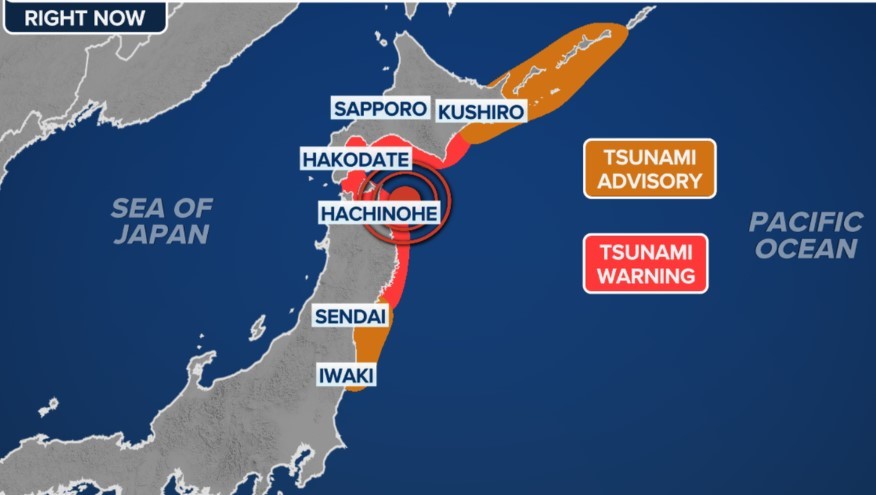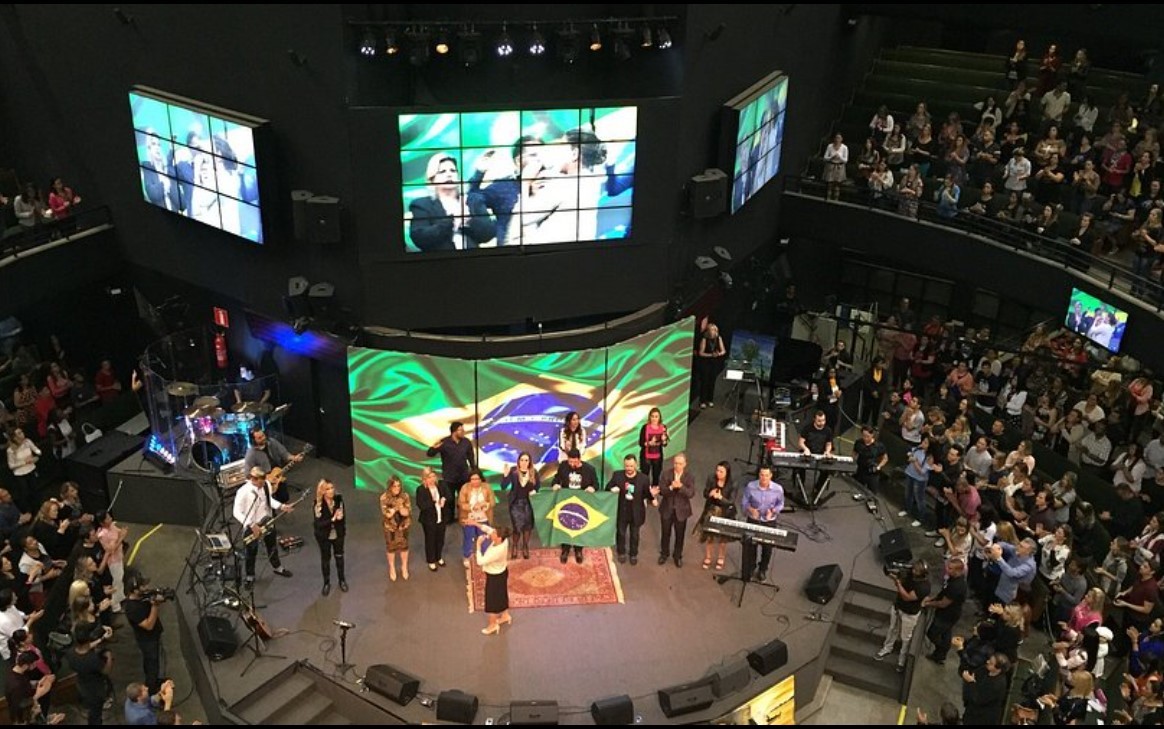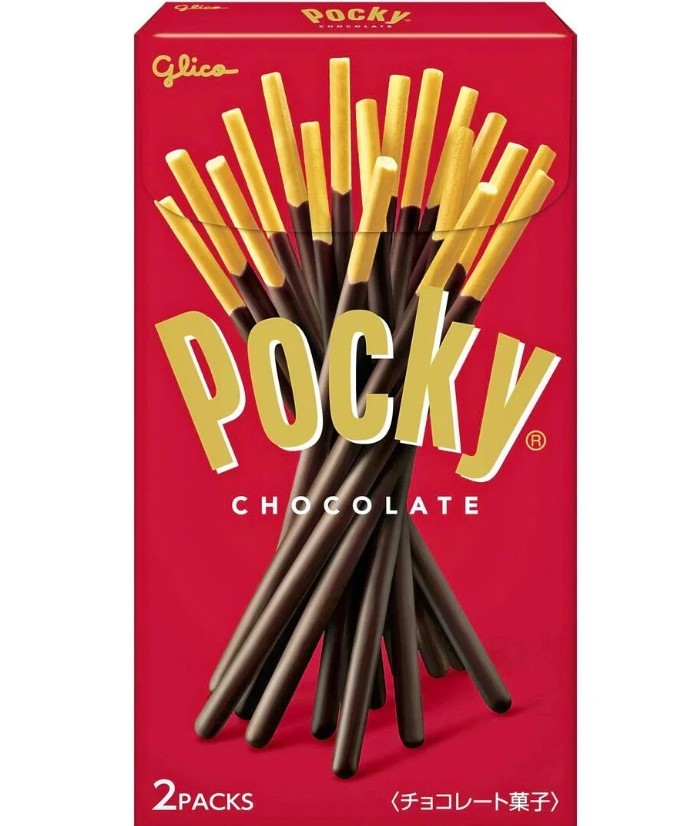Inside America’s Growing Hanukkah Food Festivals: How Jewish Culinary Traditions Are Captivating December Crowds
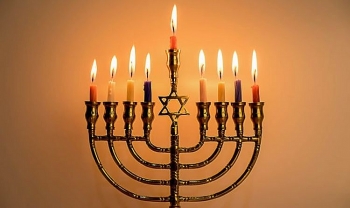 Happy Hanukkah: Best wishes and quotes Happy Hanukkah: Best wishes and quotes |
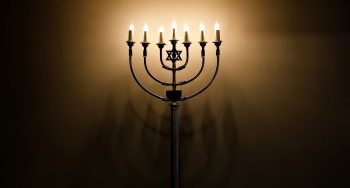 Happy Hanukkah - Jewish Holiday: Meaning, History and Celebration Happy Hanukkah - Jewish Holiday: Meaning, History and Celebration |
 |
| Hanukkah food festivals |
December in America often follows a predictable script. Christmas dominates storefronts. Holiday markets pull visitors toward bright lights and warm drinks. New Year’s Eve hovers in the background with its noisy countdown. Yet in the middle of this cultural landscape, a quieter but more complex December celebration has started to expand. Hanukkah, known for its candles and family centered rituals, is entering a new phase. The shift is subtle but significant. It is happening through food.
Across the country, Hanukkah food festivals have surged in number, scale, and creativity. They are not the commercial holiday markets that cities typically promote. These festivals focus on flavors, history, and identity. They center on narrative. They draw crowds that include Jews, non Jews, food enthusiasts, home cooks, historians, and anyone curious about the rich stories carried by Jewish cuisine.
The rise of these festivals says something important about how Americans now experience culture. Food has become a gateway to understanding heritage. It is tangible, emotional, and accessible. It invites discovery. Hanukkah food festivals embody this shift, and their unexpected popularity reveals a deeper hunger for diverse holiday traditions that feel grounded and authentic.
A Holiday Rooted in Oil Becomes a Culinary Canvas
Hanukkah is built on a story about oil. The ancient temple, the miracle of eight nights, the victory of resilience. Over centuries, communities across the Jewish diaspora interpreted oil through food. Fried dishes became central: latkes in Eastern Europe, sufganiyot in the Middle East and North Africa, deep fried pastries in Yemen, savory fritters in Iraq.
This shared ingredient produced a diverse global repertoire that many Americans have never encountered. For decades, mainstream coverage reduced Hanukkah cuisine to two dishes: potato latkes and jelly doughnuts. The festivals challenge that narrative. They show that Hanukkah food is not limited to Ashkenazi traditions. It stretches across continents and histories.
By placing this diversity in public spaces, festivals offer a culinary education that blends taste, memory, and migration. Visitors learn that a Jewish table in Morocco looks different from one in Ukraine. A Hanukkah menu in Iran differs from one in Argentina.
The holiday becomes more layered. It becomes global.
Food as a Vessel of Jewish History
Every dish at a Hanukkah food festival carries a story. Iraqi kubbeh reflects communities forced to flee. Persian saffron stews carry memories of Shabbat tables in Tehran. Syrian pistachio pastries recall family gatherings interrupted by migration. Soviet Jewish piroshki speak to decades of restricted religious expression.
These foods preserve histories that often remain outside textbooks. When served at festivals, they function as living archives. Visitors can taste the impact of immigration, persecution, adaptation, and resilience. They can experience how Jewish communities survived by preserving flavors even in displacement.
For Jewish attendees, the festivals often feel like reconnection. People discover dishes from ancestors they never met. They hear older generations explain how recipes changed as families moved through continents. They learn that Jewish history is not a single storyline but a network of journeys.
For non Jewish visitors, the festivals offer a window into a culture that is often understood only through religious or political narratives. Food softens that distance. It humanizes history.
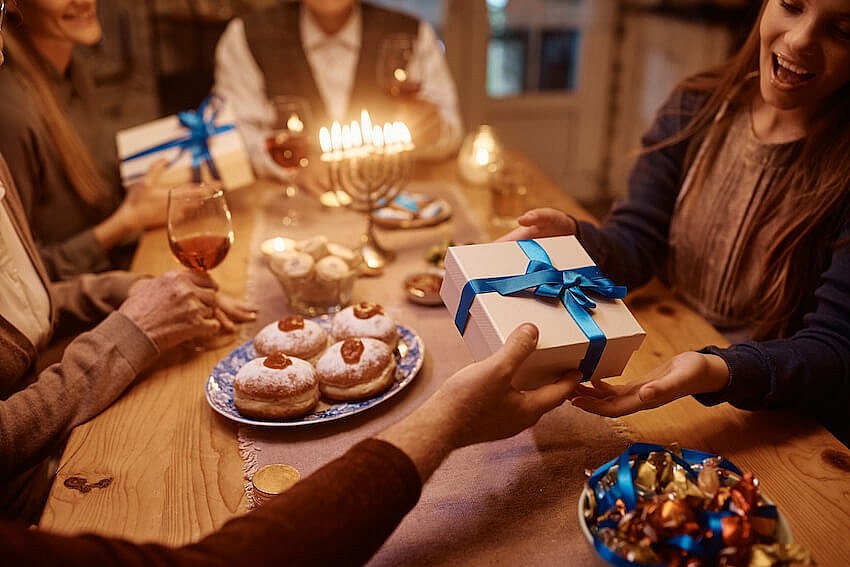 |
| Family celebrating Hanukkah |
The Surge of Culinary Creativity: Jewish Fusion in a New Era
One reason Hanukkah food festivals attract such large audiences is the creative energy of modern Jewish chefs. They are not limited by tradition. They respect it but reinterpret it.
Festival menus now include combinations that feel familiar yet surprising:
• brisket tacos with cilantro and lime
• latke waffles topped with smoked salmon
• rosemary maple sufganiyot
• chopped liver sliders
• labneh topped doughnuts
• Persian herb latkes with pomegranate molasses
• shawarma spiced fried cauliflower
These dishes appeal to food lovers regardless of background. They generate social media buzz. They help the festivals reach younger audiences who seek cultural experiences that mix heritage with innovation.
This fusion trend mirrors shifts in American dining culture as a whole. The country has moved away from rigid culinary categories. Food is now exploratory. It blends influences. It values stories as much as taste. Jewish cuisine fits naturally into that moment because it has always evolved through movement and adaptation.
Why These Festivals Are Growing Faster Than Expected
Several cultural forces have pushed Hanukkah food festivals into mainstream December life.
1. Americans Want New Holiday Experiences
December has long been dominated by a single narrative. Many people crave alternatives that feel personal and distinct. Hanukkah food festivals offer something different: depth, history, warmth, and flavors that break from predictable holiday patterns.
2. Food Is the Most Accessible Cultural Bridge
Unlike religious services or formal cultural events, food festivals feel open and inviting. People are comfortable exploring culture through taste. It lowers the barrier.
3. The Rise of Culinary Tourism
Travelers now plan trips around food. Hanukkah festivals in New York, Los Angeles, Chicago, Miami, and Philadelphia attract visitors looking for new December experiences.
4. Jewish Visibility and Cultural Pride
In a period marked by rising antisemitism, Jewish communities have embraced public cultural events as expressions of resilience and presence. Food festivals create safe, joyful, communal spaces.
5. Social Media Amplifies Flavor Trends
A sufganiyah filled with cardamom cream photographs beautifully. A latke shaped like a waffle becomes a viral moment. Trends spread quickly.
6. The Appeal of Storytelling
People seek meaning in holiday celebrations. Hanukkah food festivals deliver stories with emotional depth.
 |
| Hanukkah |
The Role of Education in Festival Programming
Hanukkah food festivals are not just tasting events. Many include:
• cooking demos
• panel discussions on Jewish food history
• storytelling sessions with elders
• workshops on diaspora cuisine
• children’s classes on heritage recipes
• exhibits on migration maps and cultural adaptation
This educational component strengthens the festivals’ appeal. Visitors leave having learned something. They understand why a Persian gefilte fish recipe differs from a Polish one. They learn the significance of oil in Hanukkah stories. They hear how Jewish cooks adapted local ingredients in different countries.
Education builds loyalty. People return year after year because each festival offers new narratives.
The Changing Perception of Hanukkah in the US Holiday Landscape
Hanukkah has long been treated as a minor holiday. In American culture, it often appears as a footnote to Christmas. Many Jews describe feeling pressure to “compensate” with decorations and gifts, even though Hanukkah is not traditionally a gift centered holiday.
Hanukkah food festivals shift that perception. They place Jewish culture in public view, not as a counterpart to Christmas but as its own rich tradition. They move Hanukkah out of private homes and into communal spaces. They present it not as an alternative holiday but as a genuine December celebration with its own identity and flavor.
This shift is subtle but culturally meaningful.
The Emotional Resonance of Food During Hanukkah
Hanukkah food carries emotional weight. For many families, the smell of frying oil triggers memories of grandparents, crowded kitchens, and shared stories. Food becomes a link to ancestry.
At festivals, strangers share these memories with each other. The atmosphere becomes intimate even in large crowds. Visitors talk about family recipes, immigration stories, and the meaning of tradition. These conversations create a sense of community that extends beyond the Jewish population.
People often attend the festivals not only to eat but to feel connected. They want the warmth, the stories, the comfort.
How Non Jewish Visitors Experience the Festivals
One striking aspect of Hanukkah food festivals is the diversity of attendees. Many visitors have no Jewish background. They come for flavor. They stay for discovery.
Non Jewish participants often say the festivals feel welcoming. There is no expectation of religious knowledge. No pressure to participate in rituals. The focus is food and culture, which creates a shared space.
For many Americans, this is their first exposure to Jewish culinary traditions. They learn that Hanukkah is not just about menorahs. They discover the depth of diaspora history. They ask questions. They try dishes they never knew existed.
This cultural exchange is part of what makes the festivals so important.
The Business Side: A New Platform for Jewish Chefs and Makers
Hanukkah food festivals have become launchpads for culinary entrepreneurs. Many Jewish chefs, bakers, and home cooks use these events to test products, build brands, and find new customers.
The festivals boost the visibility of:
• kosher bakeries
• Jewish delis
• Middle Eastern restaurants
• home based specialty cooks
• pop up chefs
• spice makers
• artisanal food producers
• Jewish cookbooks and authors
For small businesses, the festivals offer foot traffic that would otherwise take months to build online.
The Future of Hanukkah Food Festivals
The momentum suggests that these festivals will continue to expand. Several trends are likely to shape the next phase:
• more fusion dishes
• collaborations between Jewish and non Jewish chefs
• larger outdoor markets
• Hanukkah themed food competitions
• regional specialties highlighted through dedicated booths
• more travel packages centered on culinary experiences
As the festivals grow, they will not only reshape how Americans view Hanukkah but also how they understand the cultural diversity of December.
Conclusion
Hanukkah food festivals are more than December events. They are cultural bridges. They preserve stories that might otherwise fade. They amplify Jewish visibility in a moment when community expression carries weight. They create spaces where food becomes a shared language. They expand the American understanding of what holiday celebrations can be.
Their growth reflects a national shift toward curiosity and cultural inclusion. Americans are searching for holiday traditions that feel meaningful. They want flavor with history, gatherings with warmth, and celebrations that invite them to learn something new.
Hanukkah food festivals deliver all of these elements in one place. They show that the holiday season can be richer than it appears. They show that old traditions can evolve without losing their heart. And they show that sometimes the most powerful way to understand a culture is through a dish passed down through generations.
Frequently Asked Questions
1. What are Hanukkah food festivals?
They are community events that celebrate the culinary traditions of Hanukkah through tastings, cooking demos, cultural education, and storytelling. They highlight Jewish diaspora cuisine.
2. Are Hanukkah food festivals only for Jewish visitors?
No. They welcome everyone. Many attendees have no Jewish background and come to explore new flavors and learn about cultural history.
3. What foods are commonly served at Hanukkah festivals?
Latkes, sufganiyot, brisket, kugel, Persian stews, Iraqi fritters, Sephardic pastries, and many fusion dishes.
4. Are these festivals growing in popularity?
Yes. Attendance has risen significantly since 2020, driven by interest in global flavors, cultural exploration, and Jewish culinary creativity.
5. How do these festivals support the Jewish community?
They promote cultural visibility, support small Jewish businesses, preserve culinary traditions, and create safe spaces for celebration.
 Happy Hanukkah Day: Top 10 E-cards Happy Hanukkah Day: Top 10 E-cards Happy Hanukkah ecards are the perfect way to make the Festival of Lights even brighter for friends and family. Festive Hanukkah ecards are simple to ... |
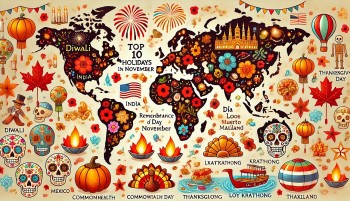 Top 10 Most Popular Holidays in November Around the World Top 10 Most Popular Holidays in November Around the World In this article, we’ll explore the top 10 most popular November holidays and festivals celebrated globally, each with its own distinct traditions and significance. |
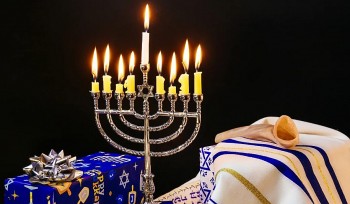 Hanukkah 2024: Dates, Locations, Significance, Activities and Events Hanukkah 2024: Dates, Locations, Significance, Activities and Events This guide explores the essence of Hanukkah, the Festival of Lights, its history, customs, activities, and ways to participate in this vibrant holiday. |
 What is Hanukkah: Everything you need to know about the Festival of Lights 2024 What is Hanukkah: Everything you need to know about the Festival of Lights 2024 Hanukkah, often called the Festival of Lights, is one of the most celebrated Jewish holidays, symbolizing the triumph of light over darkness and faith over ... |

